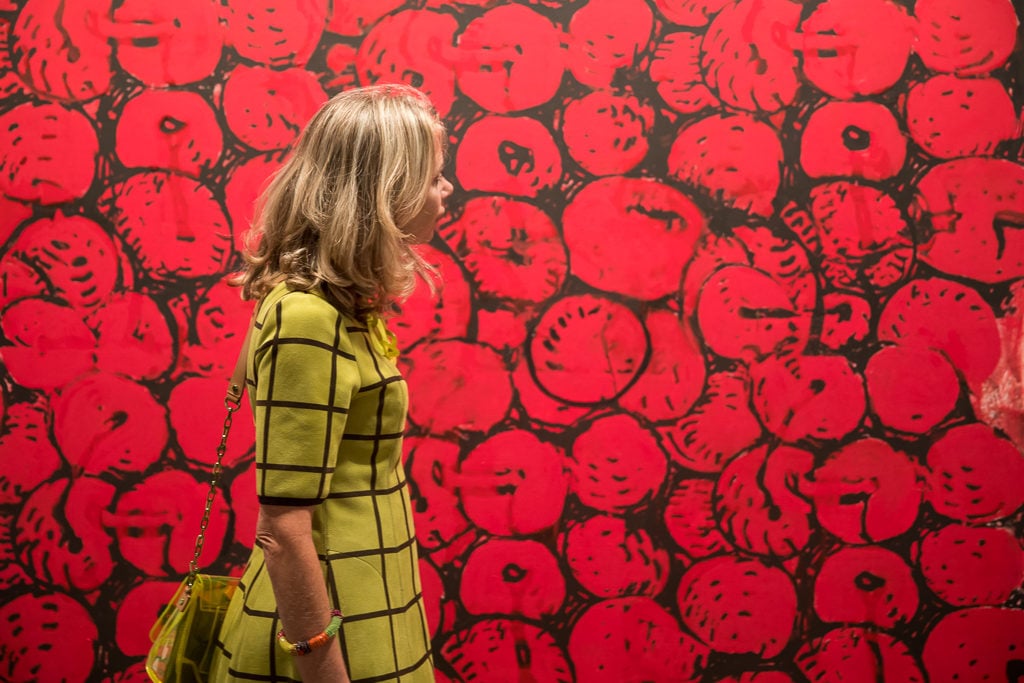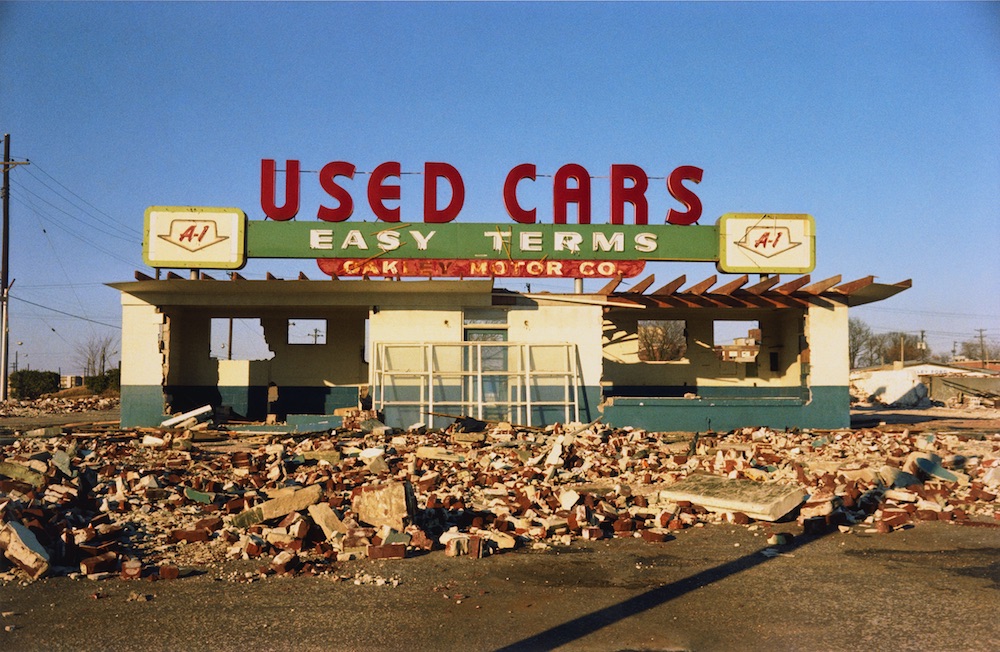Art Fairs
Did Expo Chicago Frieze Itself Out? The Fair Has Built a Valuable Bridge to the Midwest, But New Dates May Have Hurt Sales
The Chicago fair closed just a few days before Frieze opens in London.

The Chicago fair closed just a few days before Frieze opens in London.

Expo Chicago wrapped the seventh edition of its fair yesterday and, although the scene was buzzing, the specter of Frieze London, opening in just a few days, loomed large in the background. Many dealers wondered whether Expo’s decision to push its dates back from the middle of September to the end of the month hurt sales.
“The fair was somewhat less active then last year, perhaps due to the change of dates,” said Emilio Steinberger, a director at Lévy Gorvy gallery. Other dealers said they were just “satisfied” or hoped to break even.
But still others reported that the exposure to the Midwestern market was worth it. “We’ve reconnected with collectors, curators, and the public alike,” Steinberger said, adding that the gallery did manage to make a few sales, including an untitled 2002 sculpture by Terry Adkins, which is a promised gift to “a major Chicago institution” (listed at $85,000) as well as Adkins’s sculpture Untitled (Bessie Smith Head, Red) (2007) at $90,000, Pat Steir’s painting Ancient Waterfall (1989) at $715,000, and Karin Schneider’s painting H(AR/BP + C) (Marsupial) (2018), at $12,000.
“The Midwest has been quite welcoming,” said Odysseus Shirindza, director of Gallery Momo from Johannesburg, which was participating in Expo for the third consecutive year. “It’s great exposure for artists we represent and also gives us the ability to tap into the American market. It gives us a connection to some collections that we would never have access to, being in South Africa.”
The number of exhibitors held steady at 135, hailing from 27 countries and 63 cities. There was a harmonious balance of up-and-coming galleries presenting alongside blue-chip mainstays like David Zwirner and Lévy Gorvy. The event also included a number of interesting curated sections, such as IN SITU, for which curator Pablo Léon de la Barra placed large-scale sculptures throughout Navy Pier Hall. Meanwhile, the section titled “Exposure,” curated by Creative Time’s new director Justine Ludwig, highlighted solo and two-person presentations by young galleries.
Mostyn, a nonprofit based in Wales, showed editions by artists including Nina Beier, Shezad Dawood, Django Hernandez, and Jonathan Monk at prices ranging from $500 to $5,000.

William Eggleston, Untitled (circa 1970-74). ©Eggelston Artistic Trust. Courtesy of Eggleston Artistic Trust and David Zwirner.
For Christopher D’Amelio, a senior partner at David Zwirner, Expo Chicago has solidified its success. “As more and more top international galleries sign on, the growth of Midwestern collectors and museum groups choosing to make this a date on their art calendar will only increase. I think many of us hope for a day when Expo Chicago is the dominant fair destination west of New York and Miami.“
Los Angeles dealer Charlie James, who split a booth with Royale Projects, another LA gallery that he says has a complementary roster of artists, summed up his experience at the fair in succinct terms: “Expo was fine. We brought our four hottest artists and split the booth with another LA gallery. We made money.”